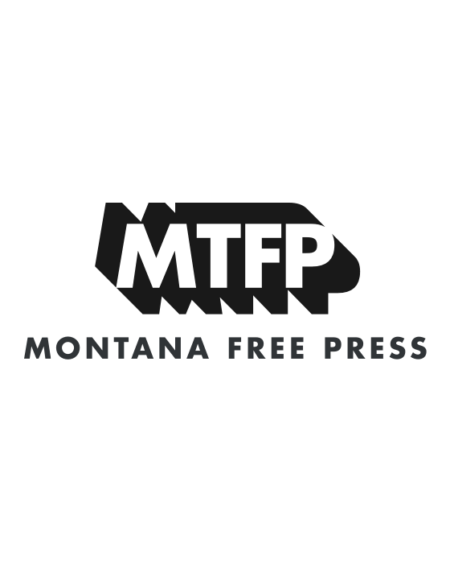
Fireproofing your home isn’t very expensive — but few states require it
Now, a new study shows that enhancing a new home’s wildfire resistance adds minimal cost to an overall construction project.

Now, a new study shows that enhancing a new home’s wildfire resistance adds minimal cost to an overall construction project.

Bozeman, Mont.,-based Headwaters Economics in a July report about wood roofs in wildfire-prone areas determined that Santa Fe County’s wildfire risk is greater than 90 percent of U.S. counties.

While there are some less expensive measures people can take to protect their homes, like clearing gutters of pine needles, which can act as kindling, most suggested retrofits are neither cheap nor easy — and that could leave some homeowners vulnerable.

Kimiko Barrett, a wildfire researcher and policy analyst at Headwaters Economics, says the federal government hasn’t provided grants to help homeowners address the risks.

Kelly Pohl, the associate director for Headwaters Economics, says Yellowstone visitors spend more than $237 million annually in Montana.
“It’s likely that there will be more tourists recreating and visiting other nearby communities in Montana.”

Some of those federal grants for wildfire mitigation should be restructured so rural communities can compete in the fight for funds, according to Headwaters Economics, a nonprofit community development and land management research group.

“In non-metro counties, as the net migration rate increases by 10%, the share of wages spent on mortgages increases by 7%” Lawson wrote in a 2020 housing analysis on rural recreation communities. As Pitkin County grew 1.2% in the last decade, households struggling to pay rent increased by 3.7%.

The completion of a cross-country bike trail in old railroad corridors could add nearly a quarter-billion dollars a year to local economies.

“We see a lot more inequality even within those communities,” Lawson said. “And so on average it looks like median household income is doing really well – there’s a lot of prosperity, rising wages, and that’s all great. But … we have to be aware of the distribution and what’s happening for those folks earning the lowest income in those communities.”

When we first found out about these new maps, the city council said doing nothing is not an option. That’s when we got help from Headwaters Economics and Great West Engineering.

“I think it’s natural to feel skeptical after this experience,” she said, particularly as suppression and recovery costs mount. But Barrett also said abandoning this wildfire mitigation tool would be even more destructive and expensive.

“Timber payments … created a really hard situation for local governments in Oregon specifically,” said Kris Smith, a researcher at Headwaters Economics, an independent research group. The area was “stuck in a downward spiral of not having enough money to pay for your everyday needs in local government,” Smith said.

Kimiko Barrett, a researcher who helps communities plan for wildfires at Headwaters Economics, a nonprofit research group in Montana, said many prospective homebuyers treat fire as an afterthought. A more important audience for the new data could be local officials, she said, who decide how much money to provide to reduce fire risk and where to allow new construction.

Kimiko Barrett is a lead analyst at Headwaters Economics. She said it’s not just the American West at risk. There’s just more awareness there, given the experience of the last few years.
“And that’s not necessarily the same situation across the country. More than anything, I think it’s just worth knowing that risk is everywhere,” Barrett said.

“We already live in these places that have a lot of risk, so we need to think about how we can become better fire-adapted and build our homes and communities safer,” Pohl says.

“Rural and economically isolated communities could find it hardest to adapt to a low-carbon economy, said Montana-based Headwaters Economics researcher and economist Kristin Smith.”

“There’s evidence that it brings people back, but the question is, does it generate sustained economic development, and does it generate it in the places where you want it?”

A new map from Headwaters Economics that measures “rural capacity” — an area’s ability to handle everything it takes to apply for and implement state or federal money — shows that several western Kansas counties, including Morton, Gove and Cheyenne, rank among the most limited in the nation.

“The point of this was to shed light on major barriers that exist for communities trying to plan and finance climate adaptation projects,” said Patty Hernandez, the executive director of Headwaters Economics. “For our team, it was really striking how widespread the problem is.”

Barrett said most recovery costs are borne at the local level, by local homeowners, businesses and municipal government. Local governments can get out ahead of those costs by retrofitting buildings and infrastructure for fire resilience, she said. But that won’t come cheap, either.